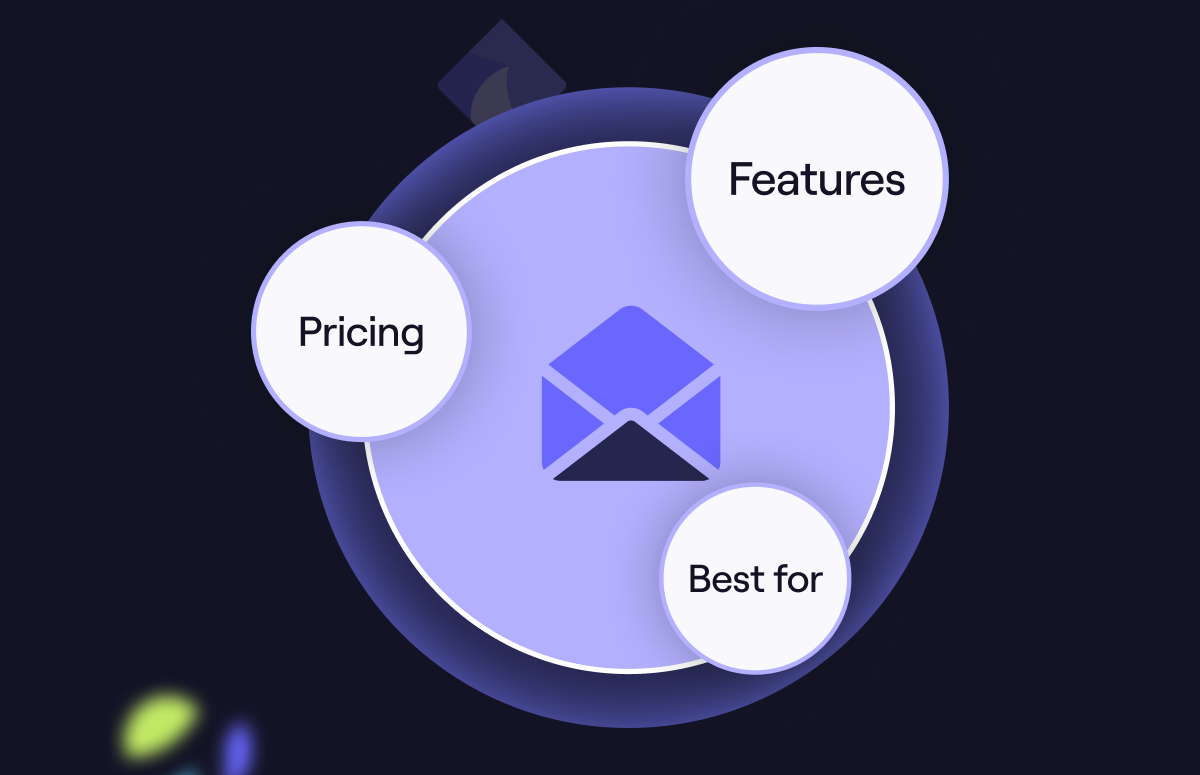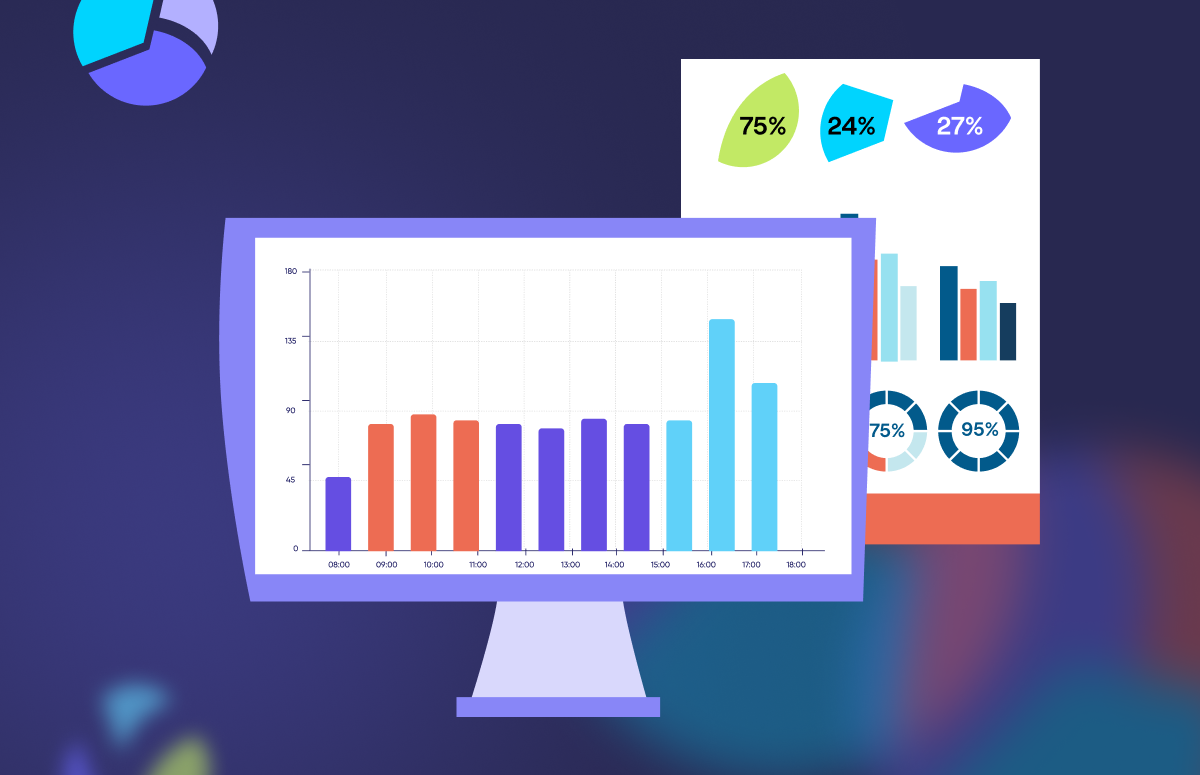What is Personal Selling? Advantages, Process and Examples
Ever experienced a bartender who astounds you with their product knowledge, makes you feel like a welcome friend, and recommends and mixes the perfect cocktail for your taste?
When this happens, it truly enhances the experience. You might even become a regular.
Personal selling, when done well, is like being that bartender, with the slight distinction that you’re selling your customers something that helps them prevent and stop the chaos, not create and relish in it.
In this article, we discuss this sales approach, its advantages, various forms, and process.
What is personal selling?
Personal selling is direct communication between a salesperson and potential customers, which can happen in person, via email, phone, or video. Salespeople commonly use it for B2B and retail and trade selling. The goal is to build strong camaraderie with buyers and deeply understand their needs.
Through personal selling, B2B sales teams build relationships with buyers that stand the test of time.
To create this bond, a salesperson will hold several sales meetings throughout the process, preferably in person or over video calls.
Some defining features of personal sales are active listening, intelligent questioning, personalised messaging, and seamless back-and-forth communication.
As for who should use it, the high cost of staffing and training a personal selling team makes it best for companies selling higher-priced products or services to buyers with complex and diverse needs.
That said, any business can benefit from personal contact with prospective buyers.
Personal selling techniques can help your brand stand out in a world where cold sales emails, chatbots, and other automated approaches to sales bombard buyers.
Ultimately, B2B buyers buy from, and stay with, the people they like and trust.
It’s often the helpful salesperson the customer remembers when their contract comes up for renewal, not that cartoonish, servile chatbot named Harold who answered their question about pricing tiers!
Learn more about how Kris Rudeegraap, CEO of Sendoso, builds relationships and trust with his prospects through personalisation. 👇
How does personal selling add value?
Experienced salespeople can enhance the customer journey by adding a personal touch to interactions.
Most significantly, personal sales turn the buyer journey into a learning experience, make prospects feel understood, and provides customers with a satisfying long-term partnership
Below, we’ll expand on three advantages of personal selling:
1. Leads learn something new in your meetings
In personal selling, sales reps emulate teachers in a way.
They come prepared to meetings and try to teach target customers something new, not just about their product, but about the lead’s specific problem or the environment in which it’s occurring.
As a B2B customer, it’s a fantastic experience to walk away from a sales meeting feeling like you’ve already gained value from the relationship.
Maybe that means a sales rep teaching them about a few simple, free best practices that could improve their situation.
When prospective buyers feel they’ve learned something from your company — without paying a dime — they start thinking…
“If that’s free, imagine how much value I’ll get if I become a customer”, and so they become one.
2. Prospects feel understood
In B2B sales, prospective customers usually have complex problems that take some time to comprehend.
Unfortunately, with eyes on the prize, too many salespeople rush to say “I totally understand” and to start evangelising a solution that works with their sales pitch.
Perhaps that’s why a mere 13% of prospects believe a sales rep can understand their needs.
In personal selling, experienced salespeople take time to explore each prospect’s situation leading to more satisfied customers.
Morgan Ingram, VP, GTM Talent and Development at Sales Impact Academy, says:
“Personal selling comes down to two things: relevance and personalisation. Relevance is what problems you solve for that customer without doing research. Personalisation is doing research on the company and prospect.”
They listen actively. They ask clarifying questions, along with challenging ones, to dig for information. They, in essence, attempt to understand the problem in even greater detail than the prospect does.
Shabri Lakhani, Founder and CEO of SalesWorks, says:
“Personal selling is about providing value by educating a customer on how something is going to help them. And it’s important because we’re increasingly seeing a desire for buyer-seller relationships to be built on trust and credibility.”
She adds:
“It’s a rough estimate, but around 90% of customers research products online before purchasing. So by the time they speak to an SDR or an AE, what they’re actually missing is the ‘why’. They’re missing that sales experience - the interactions and the value creation.”
With that said, reps equipped with a 360-degree view of customer challenges can successfully find a solution that matches each customer’s needs and, more importantly, articulate why their product or service is the right fit.
Thus, win rates rise.
3. Customers want to stick around
When you implement a personal selling strategy correctly, your buyers think of you more as a partner than a vendor.
They value your advice and insights. They rely on your content and customer success team to keep them abreast of new industry trends. They ask for your opinion on new strategies.
This partnership aspect builds long-term relationships with customers. That means high retention rates, more upsells, and better referrals.
Even if your service lags behind a competitor’s for a few months, they won’t mind — they’ve built a personal relationship with you and understand that it’s more than just a service.
The 3 types of personal selling
There are three overarching categories of personal sales — order takers, order creators, and order getters.
One company might use all three types of personal selling to generate revenue; others might just use one. Below we’ll help you understand what these terms mean and their differences.
1. Order takers
Order takers are the inbound sales reps who respond to requests or calls from interested leads and point them toward the best solution for their needs.
A retail sales representative at Macy’s would also be considered an order taker.
This is typically an easier type of personal selling because the customer is already interested in evaluating you as a partner or provider.
2. Order creators
Order creators are reps who convince other businesses to recommend their solutions to their customers.
For example, a salsa brand might try to persuade various supermarkets to display their salsa on the middle shelf.
Even more than skilled persuasion or profit incentives, a strong relationship is often the best way to get someone to recommend your solution.
Hence, pharmaceutical reps take doctors out to fancy dinners and baseball games.
3. Order getters
Order getters are outbound salespeople who initiate contact with potential customers to get them interested in their business’s offer.
Common examples include door-to-door salespeople, BDRs making outbound cold calls, and Account Executives attending networking events to find new leads.
The personal selling process explained
The personal selling process generally includes the following steps — prospecting, discovery, meeting prep, sales presentation, objection handling, closing, and customer nurturing.
Let’s explore the steps in personal selling:
1. Prospecting
Prospecting is finding and researching business leads and then contacting them via cold emailing, cold calling, or social selling on LinkedIn.
In personal selling, it’s usually sales development representatives who handle this step of the process. But account executives and sales leaders might do some as well.
The goal is to identify high-quality leads and their contact information and get them interested in your solution.
To do this, you should take an individualised approach, researching the lead’s company and identifying their possible pain points before crafting your sales message.
The most common marker that this step is complete is a booked meeting on the calendar. The prospect has agreed to learn more about your offer.
2. Discovery
In the discovery step, you try to accomplish two things simultaneously — 1) lead qualification and 2) lead research.
Lead qualification means ensuring the lead fits your ideal customer profile and is worth pursuing.
Many reps follow a lead qualification framework like ANUM, asking questions about authority (buying power), needs, urgency, and money.
After you’re sure the lead is a good fit for your product or service, focus on gathering more information about the lead’s situation.
This discovery is either done on the same call or, if the problem is complex enough, a second one.
In the personal selling process, it’s important to understand your customer’s problem, so take your time.
Intimacy with the prospect’s issue will help you recommend the right solution and craft a sales presentation (next step) that speaks to their hopes and desires.
3. Meeting preparation
At this point in the buying process, you’ve gathered a lot of intel about the lead’s company, needs, pains, and overall circumstances.
It’s time to build a sales presentation script/slideshow, or a demo flow, that will persuade your prospect that your solution is the best option for them.
If you already have a presentation or demo template, you can adjust it to fit this specific buyer.
For example, if the buyer cares a lot about feature X, but your original slideshow has no slide dedicated to X, you should create one.
Otherwise, the prospect might lose interest, not to mention feel like you’ve been ignoring them.
4. Sales presentation
In the sales presentation stage, you deliver a winning pitch with a slideshow or a web demo to your prospective customer.
That doesn’t mean reading off the slides. Personal sales emphasise 1:1 personal interactions, with both parties equally involved.
So try to make this more of a conversation where the prospect can ask questions throughout the meeting.
This back-and-forth will promote strong customer relationships. And it’ll ensure that the prospect learns all they need to know about your solution, making them feel comfortable to move forward with the sale.
For large B2B sales, it’s typical for this step to last for multiple meetings, either with different stakeholders or to demonstrate different features.
5. Objection handling
After you’ve made your case for why the prospect should buy your solution, the prospect may have objections.
A sales objection is an expression of concern or hesitation about your offer. For example, “I don’t think feature X is going to work well with our internal processes” is an objection.
Addressing all objections may involve a series of phone calls.
The best framework for handling objections in personal selling is the LAER framework:
- Listen: Actively listen to the concern and try to get into the prospect’s mindset.
- Acknowledge: Verbally rephrase the objection so the buyer knows you listened and understand.
- Explore: Ask questions to uncover the underlying cause of the objection. For instance, “we’re not ready to take this on” might actually mean “we think implementation is going to be too time-consuming.” If that’s a misconception, you can show why, but you must uncover it first.
- Respond or Repeat: If you grasp the objection, respond with an evidence-based rebuttal that challenges their belief. If you don’t understand it, ask more questions.
This framework will not only help you get to the root of the concern, but it will also help you use objections as an opportunity to build a strong relationship with the buyer.
Through empathy (listen and acknowledge), understanding (explore), and intelligent rebuttals, you’ll both win them to your side of thinking and gain their respect.
6. Closing
Once objections are over with, it’s time for closing.
This step usually involves asking for the sale — “Are you ready to move forward with a contract?” — and negotiating the terms of the agreement.
It ends with a signed contract that both parties consider beneficial and fair.
The length of this step depends on the complexity of the deal. For most B2B salespeople, the contract will turn around in just a few days.
For complex sales, with lots of money on the line, you might receive pushback about various small details in the contract, from the payment terms to the Force Majeure clause.
Regardless, it’s time to celebrate once that deal’s finished. You’ve just successfully closed a sales deal using a personal selling strategy!
7. Customer nurturing
With the deal closed, you’ll onboard your client (which might include product training) and introduce them to their customer success representative (CSM).
The CSM will now be in charge of ensuring the customer has the best experience possible.
They’ll answer customer questions, troubleshoot issues, and provide guidance.
They’ll use their deep product knowledge to help buyers get the most out of the solution and, in many cases, their charm and thoughtfulness to grow the relationship.
In personal selling, you want to keep your customers happy. By doing so, retention rates rise, referrals come in, and upsells happen naturally.
Personal selling examples
Below, we’ll look at three common personal selling strategies that you’ll find in most repertoire: cold calling, social selling, and discovery calls.
Cold calling
Cold calling is a popular prospecting tactic for B2B sales reps engaged in personal selling. Right off the bat, you’re speaking directly with a potential buyer.
You’re cracking jokes, building rapport, asking hard-hitting questions, and taking an interest in their work.
Compared to its usual complement, cold emailing, cold calling is a more personal way to connect with a buyer, provided that the rep has tailored their call script to each lead.
Social selling
Social selling is the ongoing process of forming relationships with leads on social media. In the B2B space, that’s usually LinkedIn.
Sales reps connect with decision-makers, message them, comment on their posts, and even publish their own thought leadership posts to build credibility as industry experts.
It’s a long game, but it pays off. According to LinkedIn, 78% of social sellers outsell their peers who don’t use this tactic.
You can also use social selling tools to help you.
Discovery calls
A discovery call represents the exploratory part of the sale. During this meeting, sales reps ask buyers questions to identify their challenges, goals, and needs.
Like a good physician, the seller attempts to discover the underlying problems they need to solve in order to reach their sales goals.
With this information, they can then recommend the right product or service.
Get more sales insights from Cognism!
Learn more about personal selling techniques that close more deals with Cognism’s SDR Zone!
From prospecting cadences and cold calling scripts to on-demand training sessions, we have all the resources you need to book more meetings.
Check it out 👇


